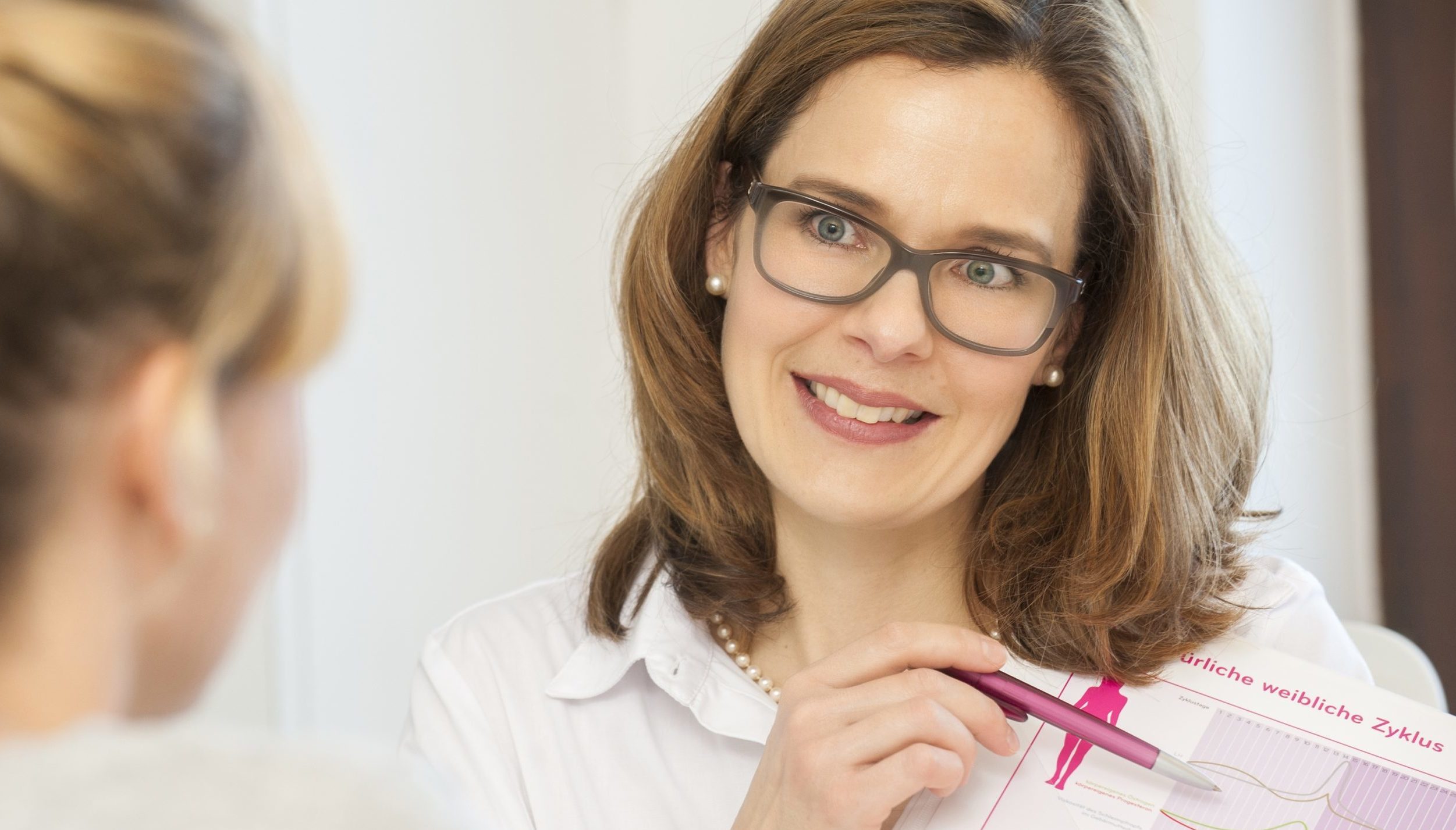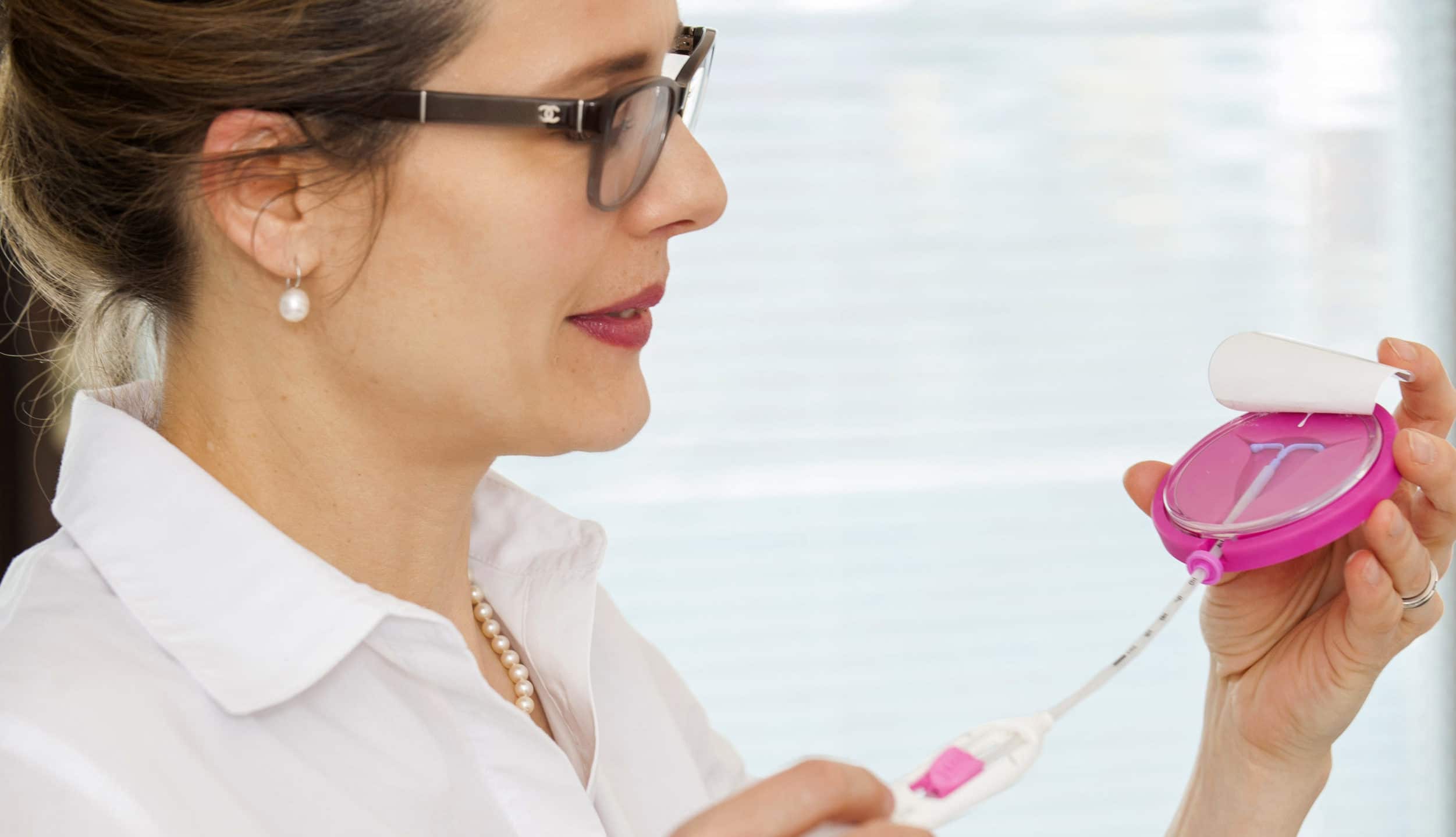 Prevention …
Prevention …
Together we will find the most suitable method of contraception for you. This requires a detailed anamnesis: cyclical complaints, previous illnesses as well as possible risk factors lead to our recommendation. In addition to the “mechanical” methods (condom and diaphragm), the contraceptive options can be divided into two groups:



 Deutsch
Deutsch
